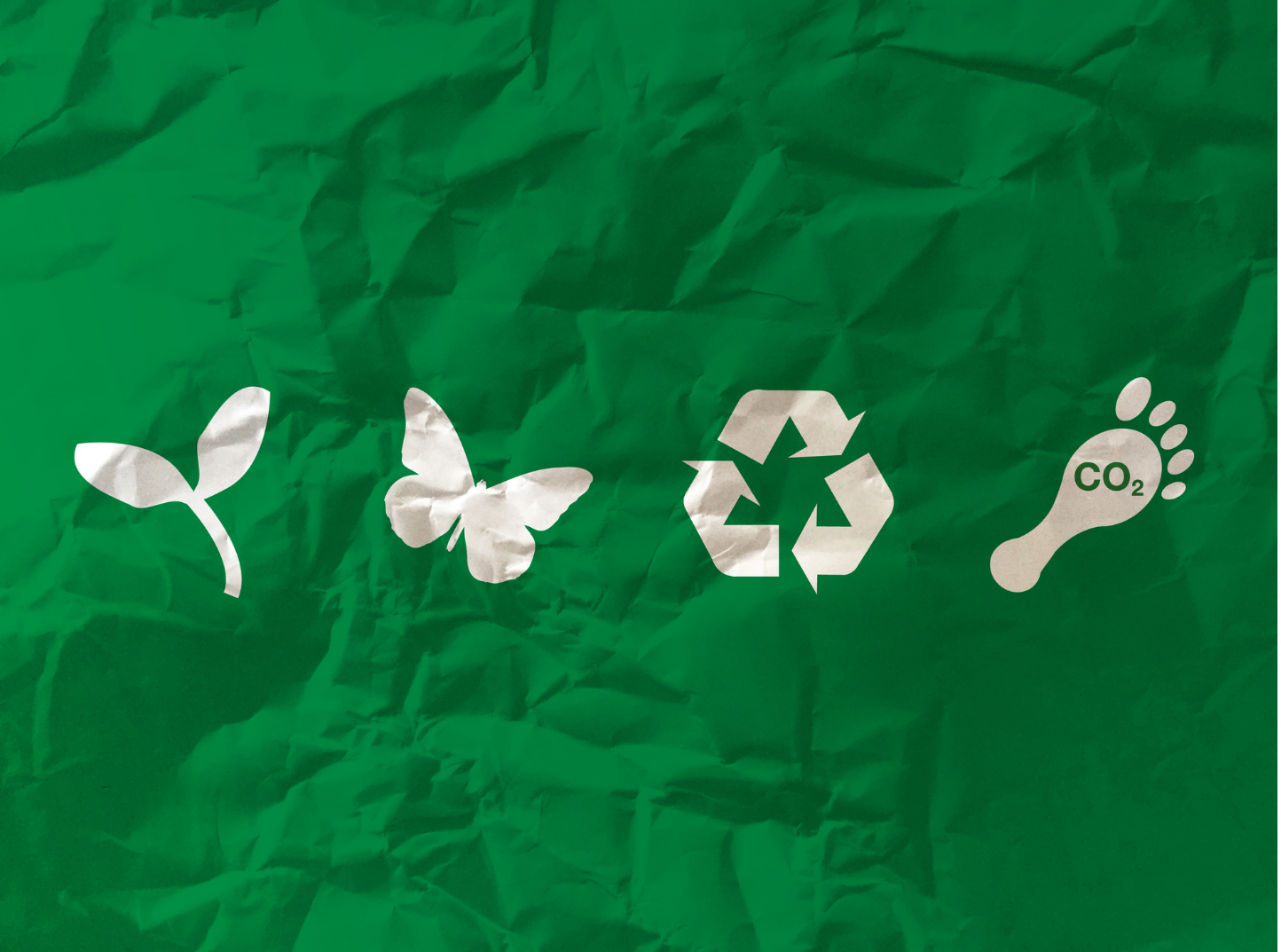Zero Emissions Day was created in 2008 as a way to raise awareness of the effects excess carbon emissions have on our environment, while encouraging people to reduce their carbon footprint. In celebration, we want to bring you a guide to carbon emissions: what they are, why we need to reduce our carbon emissions, and what you can individually do to help.
Breaking down emissions buzzwords:
When we need energy, we burn fossil fuels (namely coal, oil, and gas). Because fossil fuels are composed of carbon and hydrogen, they produce carbon dioxide gas when released into the air and create a carbon emission. We consider carbon dioxide and other gases released in the atmosphere (like methane) greenhouse gases. While some greenhouse gases are naturally occurring in the atmosphere, human activity drastically contributes to the amount of greenhouse gases produced. Human-produced carbon emissions alone made up about 80% of our greenhouse gas emissions in 2019, with energy contributing to more than 70% of human-produced carbon emissions.
Why do we need to reduce our carbon emissions?
Greenhouse gases absorb and re-emit heat, causing an increase in the atmosphere’s temperature. While the Earth can sustain naturally occurring greenhouse gases, the amount of greenhouse gases emitted in the past 150 years have caused a significant increase in the atmospheric temperature, and further exacerbate global warming and climate change. The more fossil fuel we burn, the more carbon dioxide emissions we produce. The more carbon dioxide emissions we produce, the more greenhouse gases accumulate in the atmosphere. The more greenhouse gases in our atmosphere, the more we heat up our planet and the greater the risk for disaster grows.
The effects of climate change are severe and already impacting our lives: we’ve experienced worsening drought, record-breaking heat waves, intense hurricanes and storms, and devastating fires. Worsening pollution is decreasing quality of life as rising sea temperatures and deforestation are damaging ecosystems and wildlife.
Long story short, the actions we take now are more crucial than ever before. We need to drastically reduce our carbon emissions to preserve our Earth for generations to come.
How can you reduce your carbon footprint?
Your carbon footprint is the total amount of greenhouse emissions that you contribute to. As we know, carbon emissions are produced when we burn fossil fuels for energy. Things you do in your everyday life, like heating your home or driving your car to work, emit carbon dioxide and add to your carbon footprint.
To check your carbon footprint, try entering your information into this carbon footprint calculator.
Here are some small things that make a big difference in reducing your carbon footprint
- Cut down on driving:
- Carbon emissions from transportation are one of the largest contributors to greenhouse gases. Every gallon of gasoline used equals about 20 pounds of greenhouse gas. When possible, try walking, biking, public transportation, or carpooling!
- Did you know? Going carless for a year could save over 2 tons of carbon dioxide!
- Try a meatless diet:
- Cutting down on your meat consumption, especially red meat, reduces your carbon footprint. Cows and sheep produce methane during their digestive process — another common greenhouse gas. If you’re having trouble switching, start out small by abstaining from red meat just a few days a week!
- Did you know? A research done in the U.K. revealed the meat and dairy industry emits 7.1 gigatons of greenhouse gases annually.
- Be mindful of your energy:
- Try to remember to turn off lights and appliances when not using them. Even better – unplug your appliances once you’re done using them. Replacing just one lightbulb with an energy saving lightbulb can save a ton of electricity.
- Did you know? Turning your water heater down can save about 550 pounds of C02 a year.
- Recycle, recycle, recycle!
- Recycle whatever you can. Make sure your recycling doesn’t end up in landfills by rinsing food containers before throwing them away, not putting non-recyclables in recycling containers, and making sure you check for the recycling symbol on the bottom of containers. Here is an excellent guide on recycling rules that you can use to make sure you’re recycling properly.
- Did you know? In 2014, Americans composted and recycled 89 million tons of trash — saving the same amount of energy generated by 25 million homes.
- Shop sustainably:
- Try to reduce your waste while shopping by bringing a reusable shopping bag and limiting the number of single use plastics you purchase. When clothes shopping, try purchasing from small businesses to support hand-made clothes, as they require less energy and water than textile clothing. .
- Did you know? Fashion produces a tenth of the world’s carbon emissions, and utilizes a ton of freshwater supplies for dyeing.
The amount of carbon dioxide we emit is adding to the greenhouse gases in our atmosphere and drastically increasing the temperature of the planet. Now, more than ever, we need to start reducing our carbon footprint. It may seem intimidating, but taking small steps can make a big change.



